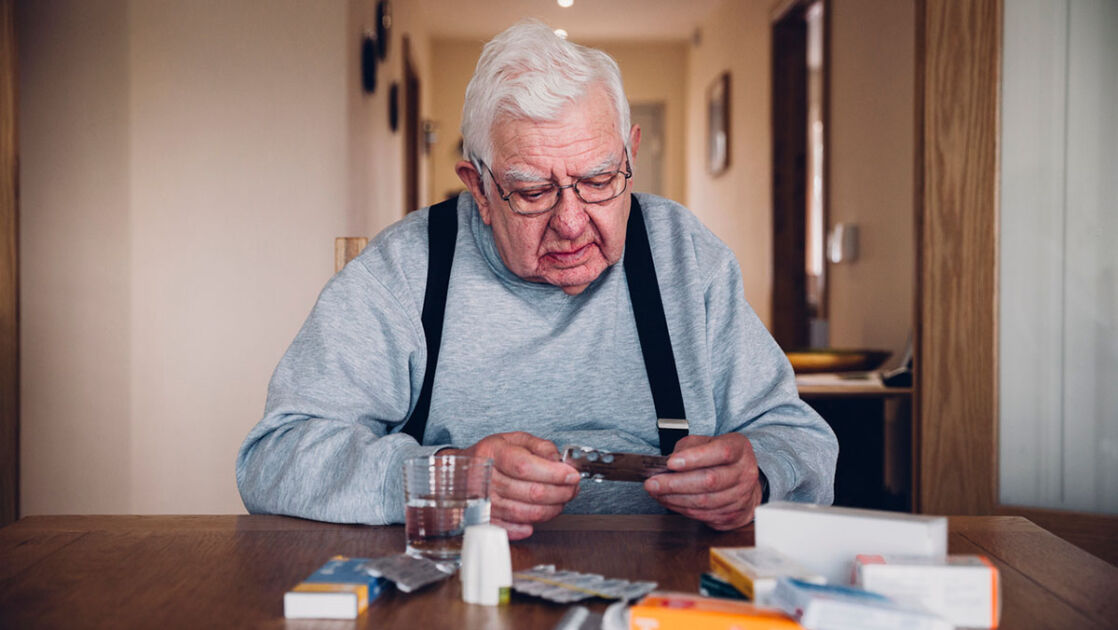The National Institute for Health and Clinical Excellence (NICE; formerly the National Institute for Clinical Excellence) document Guidance on the use of patient-education models for diabetes (Technology Appraisal 60) has recommended that, from April 2006, structured patient education be made available to all people with diabetes at the time of diagnosis and then as required (NICE, 2003).
Guidance on education
NICE Technology Appraisals are recommendations. NICE Technology Appraisal 60 recommends ‘health promotion activities (for example, patient education models for diabetes)’. It goes on to say: ‘NHS organisations in England and Wales have to make the resources and facilities available to enable NICE guidance to be implemented.’ Furthermore, the Government has made this provision a legal requirement (NICE, 2004). The National Service Framework for diabetes (Department of Health [DoH], 2001) also highlighted patient education in Standard 3. It referred to engaging in active partnerships and decision-making in helping patients to manage their diabetes and adopt and maintain a healthy lifestyle.
The guidance on structured patient education does not include curriculum design, however, and its subject areas are clinically led rather than representing a partnership between the patient and the healthcare professionals. There are several options already in place to provide models of learning, such as Dose Adjustment For Normal Eating (DAFNE), Diabetes Education and Self Management for Ongoing and Newly Diagnosed (DESMOND) and the Diabetes X-PERT Programme.
The DoH (2005) document Structured Patient Education in Diabetes: Report from the Patient Education Working Group also cites the above programmes as examples of good practice. It advises on how to develop high-quality education programmes that are already running locally to meet the criteria required, in line with the NICE guidance: ‘Local diabetes teams will need to consider a range of issues [to] meet the criteria […] such as health professional training, quality assurance and learning needs assessment.’
The document also notes that there is variation in the professional qualifications of staff involved in diabetes education. It goes on to say that there is no formal accreditation body for patient education in England, but primary care trusts (PCTs) can use the criteria developed by the Patient Education Working Group (which was set up in 2004 to support the development of structured patient education). It states that the programme should be evidence based, flexible to the needs of the individual and dynamic, and that the curriculum should be person centred, reliable, valid and resource effective.
Funding
PCTs are legally obliged to pay for implementing structured patient education, but are the resources out there to fulfil this obligation? At present, the incidence of diabetes is increasing and there are rapidly growing associated costs for the NHS. The usual funding that follows NICE guidance was waived for patient education in 2003 and it was agreed to re-instate the guidance in January 2006, by which time the NHS had to make money available to meet it (DoH, 2005).
Education programmes will have to be cost-effective and fulfil the NICE guidance. The guidance (NICE, 2003) says that, depending on the type of education package offered, current costs ranged from £66 per person to £545 per person (for DAFNE). As that was almost 3 years ago, the costs will inevitably have escalated. Some programmes are also time-consuming for both service users and healthcare professionals.
As yet, there does not appear to be any central funding for structured patient education, and PCTs are expected to find the money from current initiatives. The Integrated Clinical Assessment and Treatment Services (ICATS) – a development of Tier-2 – and the use of coronary heart disease money provide two possibilities. I think it is safe to say, however, that without a national allocation, the funding routes will be diverse, usually fitting in with the local diabetes strategy.
Reorganisation
There are two reorganisations taking place which have the potential to confuse the situation.
Firstly, there is set to be a reconfiguration of PCTs and Strategic Health Authorities (SHAs) which will allow them to match local authority boundaries. It should also reduce expenditure, which should ideally be redirected into patient care. (Have we heard this before?) PCTs must have had plans in place for structured patient education by January 2006 and be ready to offer them to service users by April 2006. However, PCTs are set to merge by the end of 2008, but administrative changes will come first before decisions are taken on provider issues.
Secondly, practice-based commissioning (PBC) will be universal by December 2006. PBC is still something of an enigma to nurses. They need guidance on where they will fit in to the scheme. It appears to be about providing enhanced services as well as routine care. These enhanced services can incorporate more specialised diabetes care. One would expect this to include delivering patient education, and some practice staff will require advanced training to deliver it. Will all the practices within the new PCTs agree to deliver the same package of education or will they have preferences of their own?
It would seem practical for practice and specialist care teams to get together to provide the required elements. Perhaps a more locally based programme combining several practices with diabetes specialist nurse support would be more acceptable for the service user than siting it in a central venue. However, venues that are secure, large enough, affordable and ‘people-friendly’ are not always easy to find.
Implications for diabetes teams
How will diabetes teams in both primary and secondary care feel about implementing the required elements of the current guidance? Some areas will have few changes to make as they are already providing recommended programmes or similar ones of their own, but others will have more work to do. Many issues have been raised, such as working out who will be best suited to carry it out and who has the time and staff to follow the recommended programmes or indeed develop their own courses to meet the criteria.
As GPs are set to commission this service, they will wish for it to be provided appropriately for their own staff and patients. They can decide where care takes place. The smaller practices that have even less capacity may ask the specialist teams to provide the training for their patients or they may want to link in to one of the larger practices locally. Whatever happens, it is important that there is a robust monitoring system in place to ensure equity of services and consistency in data collection.
More questions than answers?
Confused? If we as healthcare professionals feel this way, how must the patients feel? Ultimately it is the patient who should have the last word. Is this the type of education programme that they want? Are we listening?
The emphasis is on group education, not one-to-one sessions. In a recent service user survey within our trust, 65% of respondents indicated that they would prefer one-to-one sessions. The Patient Education Working Group (DoH, 2005) recognised that ‘one-to-one support will still be an important part of diabetes education,’ but how will this be evaluated and audited?
At the moment we seem to have more questions than answers, but the last word seems to rest with the DoH (2005) report when it says: ‘Individuals themselves are best placed to decide what is right for them in the context in which they live their lives.’





Primary care has the potential to prevent up to 45% of the population attributable risk of dementia.
17 Sep 2024